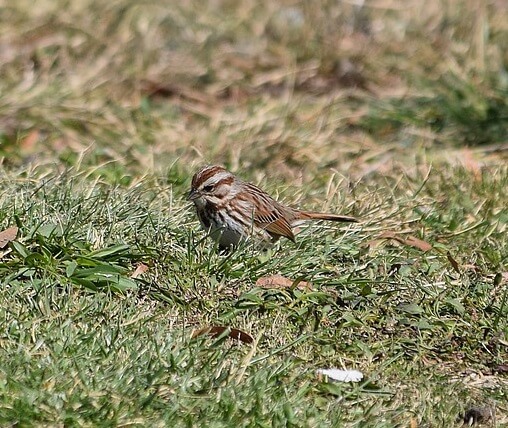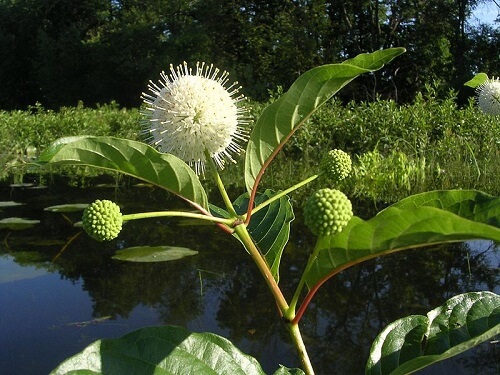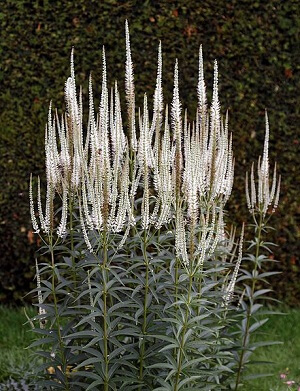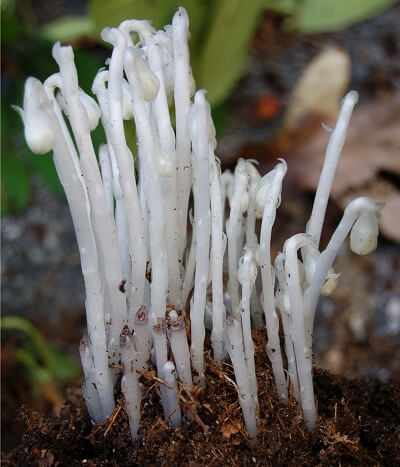 Plant Nature Study I
Plant Nature Study I
Plant Nature Study I
Plant Nature Study I





 Plant Nature Study I
Plant Nature Study I
Plant Nature Study I
Plant Nature Study I

Study the lesson for one week.
Over the week:
Photosynthesis:
Plants require the following to generate energy using photosynthesis:
Plants use these things for photosynthesis and create the following:
Can you imagine if humans had chlorophyll (picture yourself with green skin and hair) and could generate our own sugar energy using water, sunlight, and carbon dioxide? Perhaps we'd no longer need to eat!
Activity 1: Narrate the Story
Activity 2: Can You Find It?
Review the diagram showing photosynthesis and find the following:

Activity 3: Take a Nature Walk, Visit a Flower Shop, or Research Online - Chlorophyll
Activity 4: Complete a Field Book Entry

After your nature walk, complete page 32 in 'Science Field Book for Third Grade.'